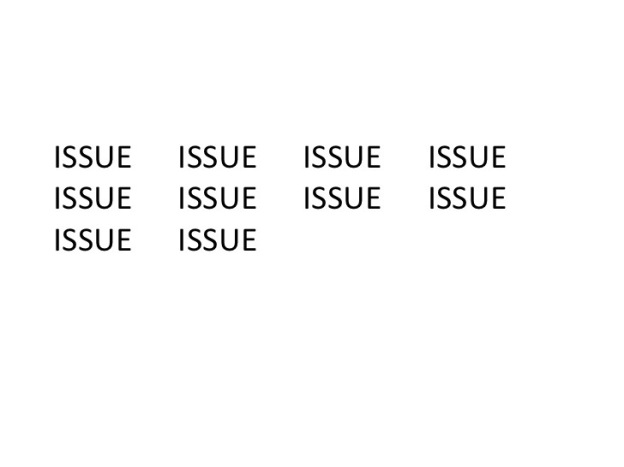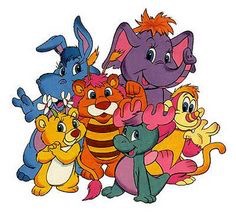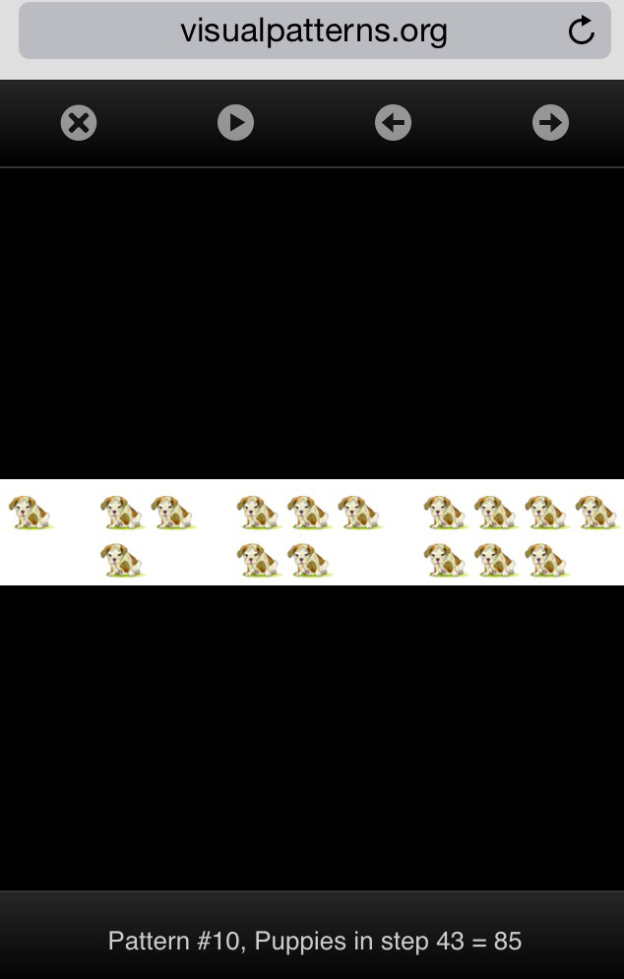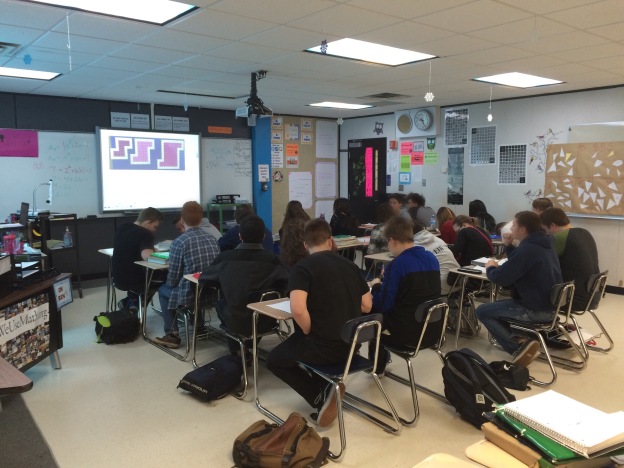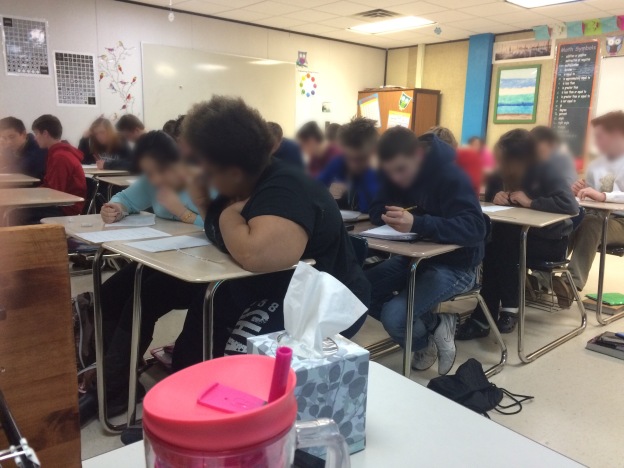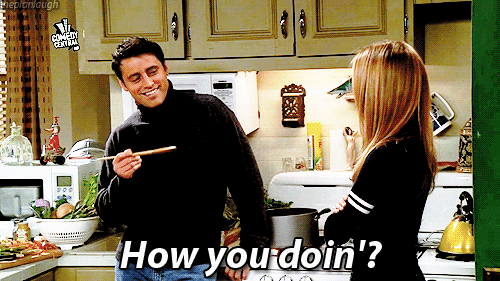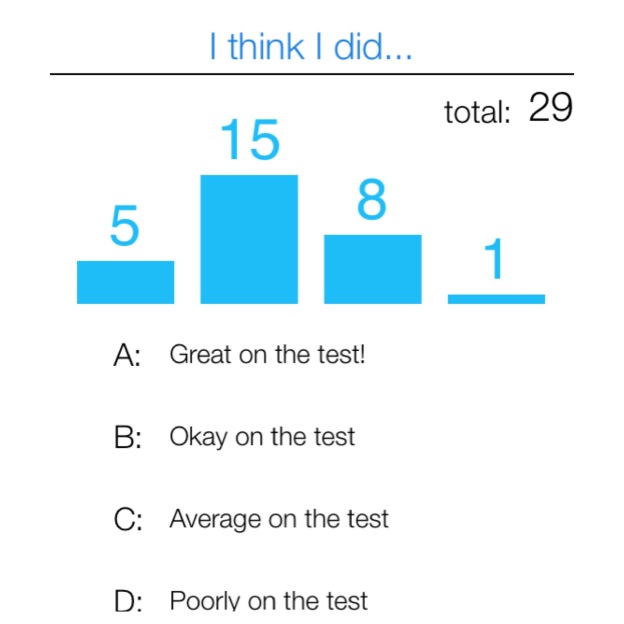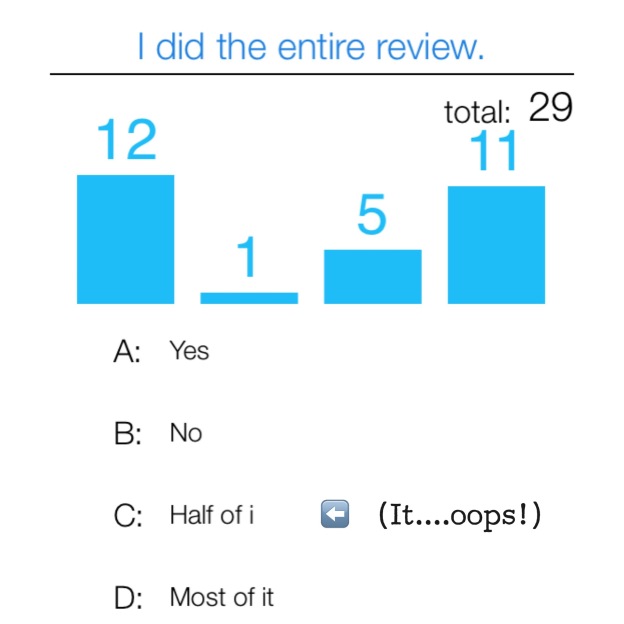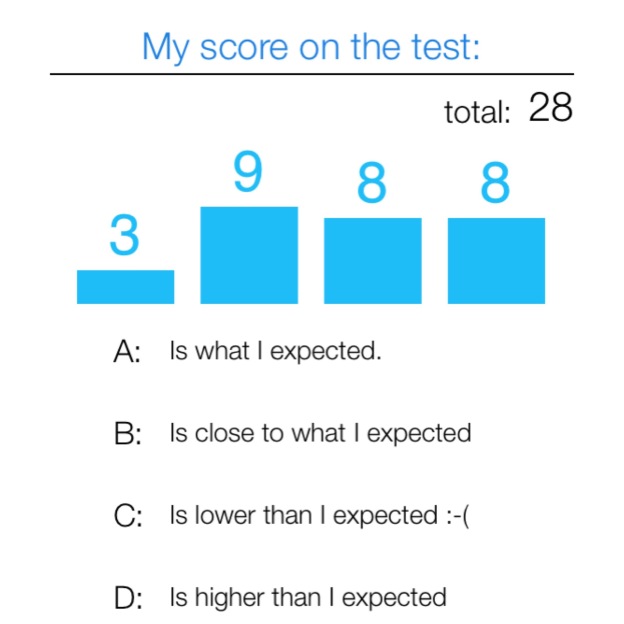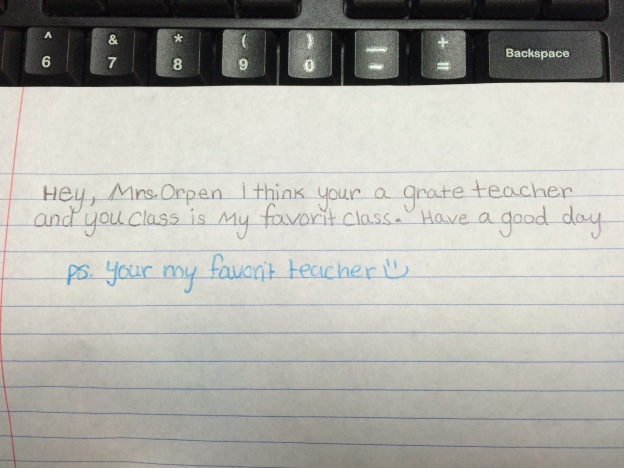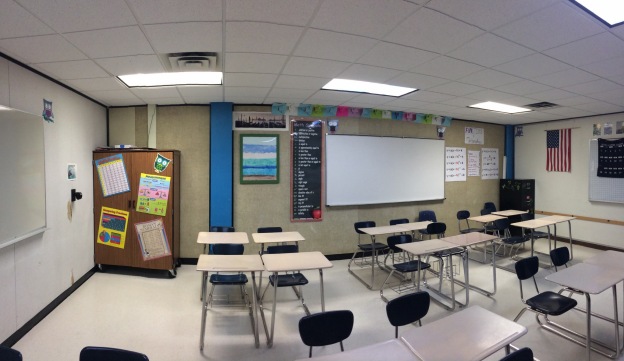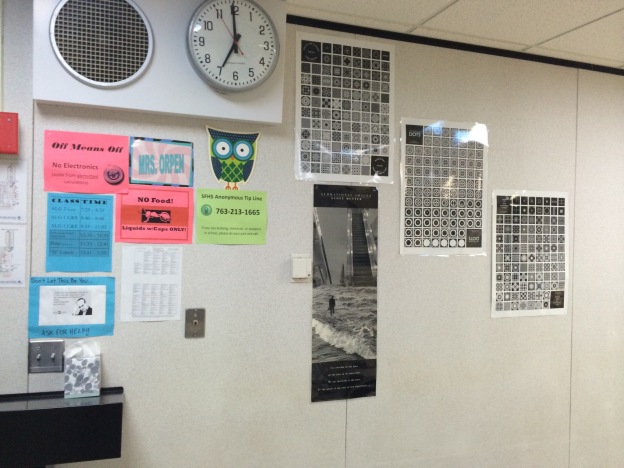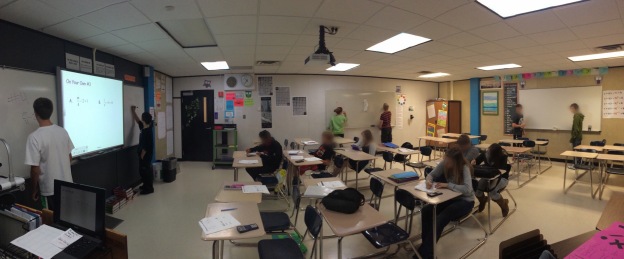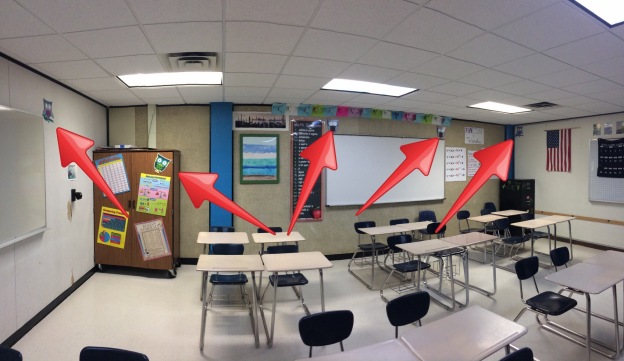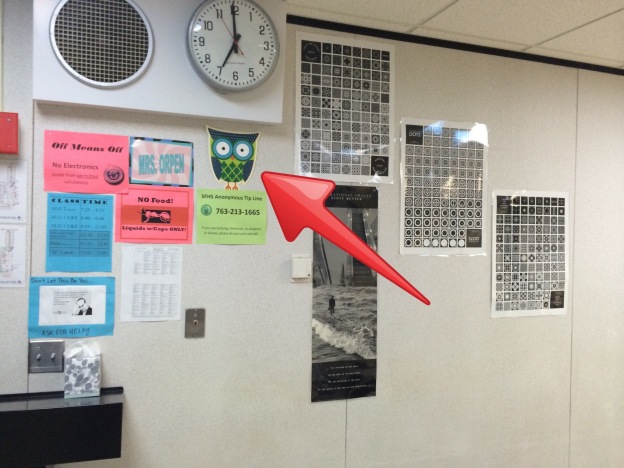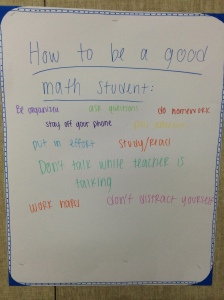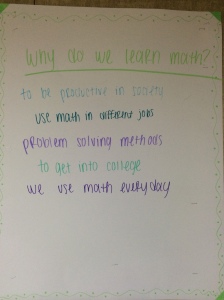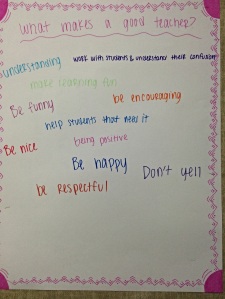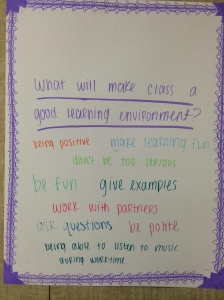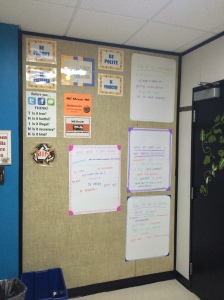Before any gathering where there is the chance that I will see unfamiliar faces, the signs of anxiety trench into my body. Heart palpitations, clammy palms, racing mind full of “what-if” situations, and this time the cold sore of nervousness reared it’s ugly head. Now take that anxiety and amplify it twice with two back to back conferences filled with people that are from all over the the US/Canada that I may or may not even know. Some of them are at least 2D friends (Facebook/Twitter/Instagram) so they seem familiar, or at least their highlights. Some are the 3D friends I came to the conferences with or knew from prior conferences (hoping I remember them!!). These 3D friends help ease some of madness in my mind at the start, but it is never truly enough.
To add to the mix, the two conferences were worlds apart. The Thirty-One Gifts National Conference in Denver, CO and Twitter Math Camp (TMC) held this year in Claremont, CA. Cute organizational bags and totes, and math nerds. Two things I love but failed to see how these two worlds could co-exist in my brain for the two weeks away from home.
Then as I was sitting here at TMC, using my Thirty-One conference pen and highlighter to plan out my day, it hit me. Things are better together. The theme of this year’s fall Thirty-One catalog. At that conference our sessions focused on building our businesses by creating meaningful relationships, not by selling more bags. Those connections are what are so important to me. Connections with my customers, connections with my coworkers, connections with my students, connections with all those that touch some aspect of my life.

In the last 13 days, I’ve strengthened old relationships, fostered new ones, and reached out to those that were my 2D friends to make them into 3D friends. Relationships are key to success in anything. Sharing ideas and troubles, celebrating accomplishments big and small, are all more meaningful when you have a relationship tied to the interactions.

 For those reading this that are still at TMC or are in Columbus for the second Thirty-One conference, I challenge you to reach out and truly take the time to strengthen those relationships. Take time to truly listen to someone’s story, get to know them beyond their curriculum style, their favorite party game, or their twitter handle. Trust me, especially if you are anxiety prone like I am, give it a try. For we are truly #bettertogether when we know the journey of others.
For those reading this that are still at TMC or are in Columbus for the second Thirty-One conference, I challenge you to reach out and truly take the time to strengthen those relationships. Take time to truly listen to someone’s story, get to know them beyond their curriculum style, their favorite party game, or their twitter handle. Trust me, especially if you are anxiety prone like I am, give it a try. For we are truly #bettertogether when we know the journey of others.


